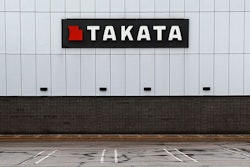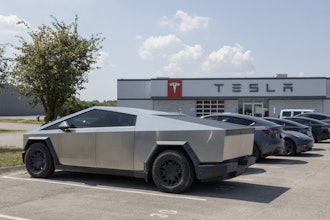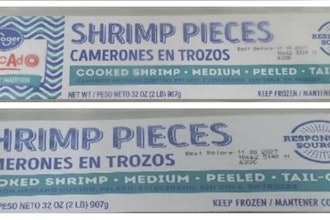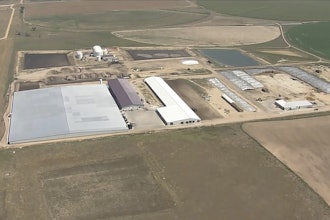Surface mount assembly robots are amazing machines. The pick and place heads in the fastest, highest volume SMT machines travel so fast, that they are just short of supersonic. The placement logic takes into consideration the distortion and swing of the hardened steel head and nozzle, and deposits the component at just the right point in the deflection arc.
That kind of speed demands precision. What does that have to do with parts quantity, you might ask? The machines are precision devices, but the strips, reels, tubes and trays that parts come in aren't. Parts can bounce around and move a bit within their packaging.
SMT machines do their best to allow for that packaging slop, but all machines do sometimes miss. A miss-pick may result in a tiny part dropping off into the machine, rather than a solid placement on your board. Assembly houses that require long reels to assemble from don't have to worry about a few lost parts, so no one ever hears about it.
In order to keep costs down yet remain convenient, PCB assemblers like Screaming Circuits assemble from short cut strips of parts. These machines are still only robots — and like all robot beings — occasionally drop a part.
If you send PCB assemblers just the exact number of parts being placed on your boards and this happens, we won't have enough parts to finish building all of your boards. So, when you're sending us a parts kit, at minimum, we ask for 10 percent extra parts, with a minimum of ten, for each part in your BOM.
For the super tiny 0201 parts, we ask for 50 percent extra. Sending in extras gives us the best chance to deliver everything you need, without much extra cost on your end. For bigger parts, we like to see one extra.
Duane Benson is the Chief Technology Champion at Screaming Circuits.






















